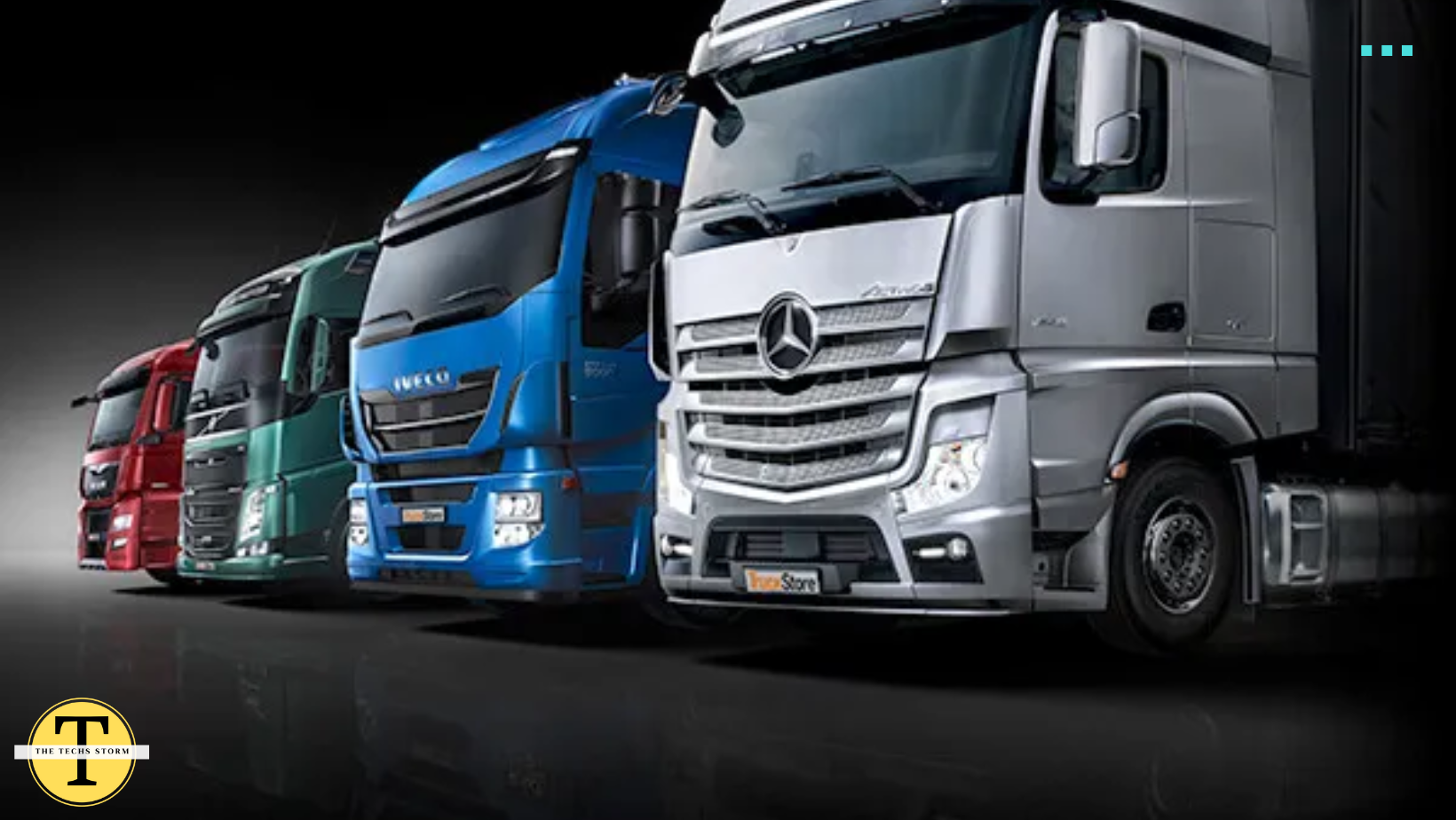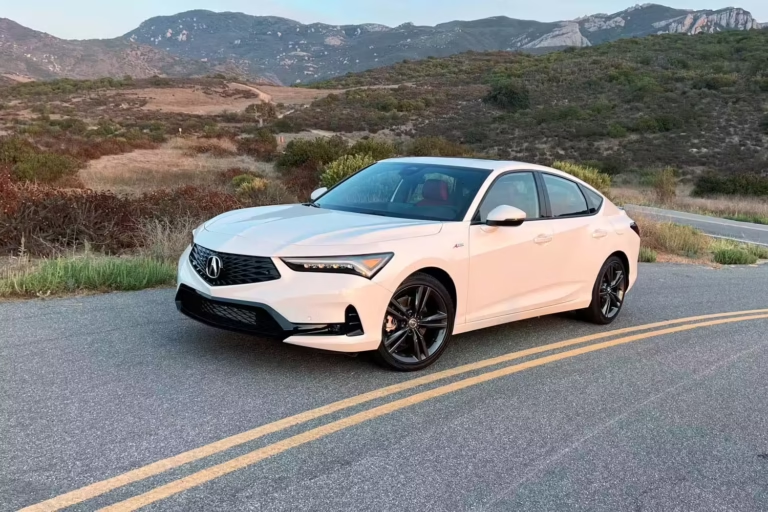Introduction
Global economies depend on commercial trucks because they make it easier to move people and products over great distances. These cars are now much safer and more efficient thanks to recent technology advancements. Innovations in digital connectivity, autonomous driving, and electric drivetrains are altering the standards for the transportation industry, placing an emphasis on efficiency and environmental responsibility.
Key Technologies in Commercial Vehicles
Electric and Hybrid Drivetrains
Reducing pollutants and increasing operational efficiency, the commercial vehicle industry has seen a significant transformation with the adoption of electric and hybrid technology. While hybrid vehicles offer a combination of traditional engines and electric motors, maximizing fuel efficiency and extending operational capabilities without the range restrictions of pure electric systems, advanced battery technology allow longer ranges and faster charging times.
Autonomous Driving Technologies
For the commercial vehicle industry, autonomous driving is evolving from science fiction to reality. This revolutionary technology uses artificial intelligence and advanced sensors to navigate effectively and safely. But the move to driverless cars also brings with it serious ethical and legal difficulties, especially with regard to privacy and safety regulations.
Connectivity and Telematics
More and more contemporary commercial cars are outfitted with telematics and networking features that improve fleet management by giving real-time data on vehicle operations. As vehicles grow more connected and dependent on digital networks, these technologies raise worries about cybersecurity while also improving route management and scheduling of maintenance.
Impact of Technology on Fleet Management
Fleet management is being revolutionized by technological breakthroughs that increase safety and operational efficiency. Improved load management and route planning are made possible by new tracking and management tools, which also drastically save costs and enhance service quality. Safety technologies help prevent accidents and ensure driver and public safety. Examples of these technologies are autonomous braking systems and real-time vehicle monitoring.
Regulatory and Environmental Considerations
Cleaner and more sustainable technologies are being adopted by the commercial vehicle industry due to regulatory requirements and environmental concerns. Worldwide implementation of stricter emission rules is driving businesses to adopt eco-friendly solutions. In addition to adhering to regulations, industry emphasis is growing on sustainable practises, such as the use of renewable energy sources and carbon footprint reduction programmes.
Future Trends and Innovations
Artificial intelligence and alternative power sources are expected to be key developments in commercial vehicle technology in the future. AI is expected to improve autonomous driving and vehicle management systems even more, while studies into hydrogen fuel cells and other cutting-edge power technologies may soon offer practical, environmentally friendly substitutes for conventional fossil fuels.
Challenges in Implementing New Technologies
There are various obstacles to overcome in the incorporation of new technologies in commercial vehicles. The high expense of cutting-edge technology may prevent their broad acceptance, and industrial workers need extensive training to properly adjust to new systems. Reliability issues and the requirement for strong regulatory frameworks also provide obstacles to widespread adoption.
Case Studies
Analyzing actual applications offers important insights into the realities of using new technologies in commercial vehicles. While learning from less successful undertakings assist identify potential hazards and solutions for successful technology adoption, an analysis of successful integrations can provide a template for others.
Conclusion
Technological developments are going to revolutionize the commercial vehicle industry by encouraging increased environmental sustainability, safety, and operational efficiency. Although there are still obstacles to overcome, implementing technology strategically can have a big impact. The industry’s future will be defined by constant innovation brought about by a growing emphasis on regulatory compliance and sustainability. Accepting these technological advancements is crucial to the transportation sector’s long-term viability.
FAQ’s
- What are the main benefits of electric drivetrains in commercial vehicles?
- Electric drivetrains provide better efficiency, less operating expenses, and fewer pollution.
- How does autonomous technology improve safety in commercial vehicles?
- Because autonomous technology uses sophisticated sensors and AI to make decisions, it lowers human error and improves safety.
- What role does connectivity play in modern commercial vehicles?
- Real-time tracking, effective route planning, and improved diagnostic tools for fleet management are all made possible by connectivity.
- What are the biggest challenges facing the adoption of new technologies in commercial vehicles?
- Significant problems include establishing trustworthy regulatory frameworks, paying high initial costs, and requiring specialized training.
- What future technologies are likely to impact the commercial vehicle industry the most?
- The biggest effects are expected from advances in autonomous driving, hydrogen fuel cells, and artificial intelligence.






